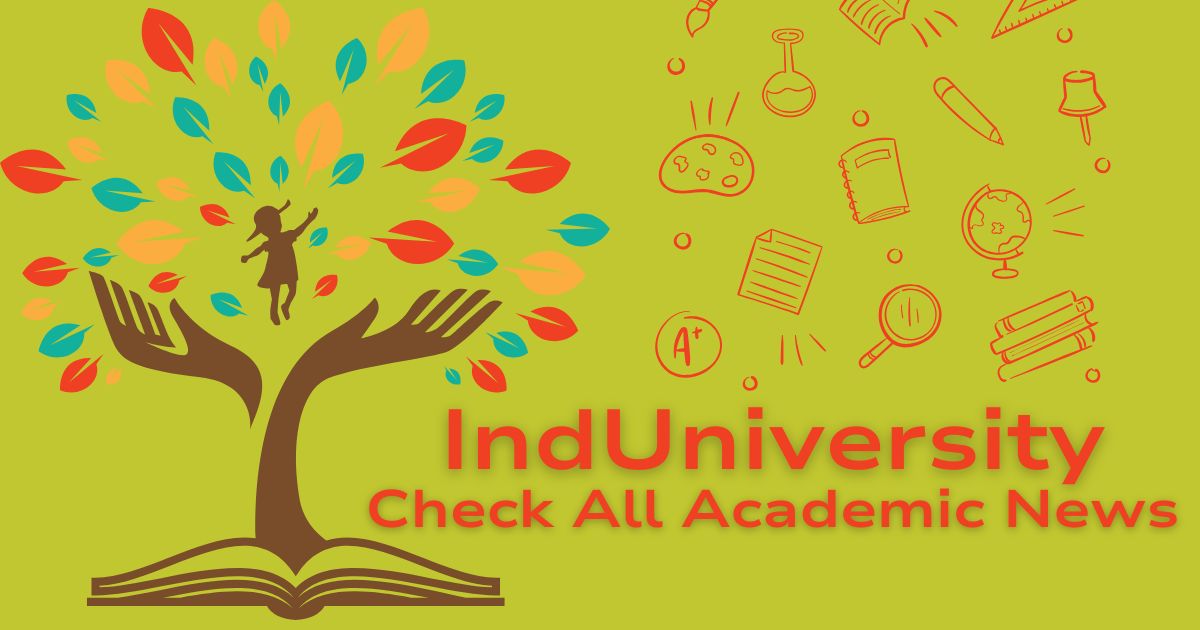IndUniversity – Here you get the all details about the India Education Board System. We tried to help and provided informative details about the India Education Portal & its relevant details like all state Board Name, Check out the official website and its links. Every year in Feb & March all states conduct written examinations in various classes and after that provide the results its relevant details. Now here you find the all relevant information you have looking online.

India’s education system is one of the largest and most diverse in the world, serving millions of students across various states and regions. Governed by multiple educational boards, each state has its own regulatory body overseeing academic standards and curriculum. This article highlights the Indian education system, including state education boards, their official websites, key facts, and recent developments.
IndUniversity Other hand you have information like Recruitment, Admit Card, Answer Key, Exam Syllabus, Concerts Tickets, Indian Yojana Details Status, Scheme available online, Sports News, Visa details & relevant information.
Indian Education System
The Indian education system comprises multiple boards that cater to primary, secondary, and higher secondary education. The primary boards include:
- Central Board of Secondary Education (CBSE)
- Indian Certificate of Secondary Education (ICSE)
- State Boards (specific to each state)
- National Institute of Open Schooling (NIOS)
State boards play a crucial role in ensuring regional language inclusion and curriculum flexibility to meet local educational needs.
List of State Education Boards in India with Official Websites
The following table highlights key details about the major state education boards in India:
| State/UT | Education Board | Official Website |
|---|---|---|
| Andhra Pradesh | Board of Secondary Education Andhra Pradesh (BSEAP) | bse.ap.gov.in |
| Assam | Board of Secondary Education Assam (SEBA) | sebaonline.org |
| Bihar | Bihar School Examination Board (BSEB) | BSEB |
| Gujarat | Gujarat Secondary and Higher Secondary Education Board (GSEB) | gseb.org |
| Karnataka | Karnataka Secondary Education Examination Board (KSEEB) | KSEEB |
| Maharashtra | Maharashtra State Board of Secondary & Higher Secondary Education (MSBSHSE) | mahresults.nic.in |
| Punjab | Punjab School Education Board (PSEB) | pseb.ac.in |
| Tamil Nadu | Tamil Nadu State Board (TNBSE) | tnresults.nic.in |
| West Bengal | West Bengal Board of Secondary Education (WBBSE) | wbbse |
For a complete list, students and parents can refer to the respective official portals or educational department websites of their states.
Structure of the Indian Education System
The education system in India follows a structured model comprising multiple stages:
- Pre-primary education: Includes nursery, LKG, and UKG for early childhood development.
- Primary education: Classes 1 to 5, where foundational subjects are introduced.
- Middle school education: Classes 6 to 8, building on fundamental skills.
- Secondary education: Classes 9 to 10, preparing students for board exams.
- Higher secondary education: Classes 11 and 12, focused on specialized subjects for career paths.
- Higher education: Includes undergraduate, postgraduate, and doctoral studies.
Key Facts about the Indian Education System
- Diverse Curriculum: Each state board customizes its syllabus to reflect regional language and culture.
- Language Inclusion: Hindi, English, and regional languages are widely integrated.
- Entrance Exams: National-level tests like JEE, NEET, and CUET are key gateways for higher education admissions.
- Open Schooling: NIOS offers flexible education for students unable to follow the traditional system.
- Digital Learning Integration: Digital platforms like DIKSHA and SWAYAM are expanding educational access.
Recent Developments in the Indian Education System
- NEP 2020 Implementation: The National Education Policy (NEP) aims to introduce multidisciplinary learning, vocational education, and flexibility in subject selection.
- Increased Digitalization: Online education platforms are growing rapidly to support remote learning.
- Skill Development Programs: Schools are increasingly integrating skill-based learning to enhance career readiness.
- Assessment Reforms: The shift toward competency-based evaluation is enhancing student performance analysis.
Challenges in the Indian Education System
Despite its vast reach, the Indian education system faces some significant challenges:
- Resource Disparity: Rural areas often face limited access to quality education and digital tools.
- Dropout Rates: Socio-economic factors contribute to higher dropout rates in some regions.
- Teacher Shortages: Many regions struggle with an adequate number of trained educators.
The Indian education system is constantly evolving, with state and central boards working to improve accessibility, quality, and inclusivity. As digital learning expands and new educational policies are implemented, the system is gradually becoming more student-centric and skill-focused. Staying informed about individual state boards and official updates can help students and parents make better educational decisions.